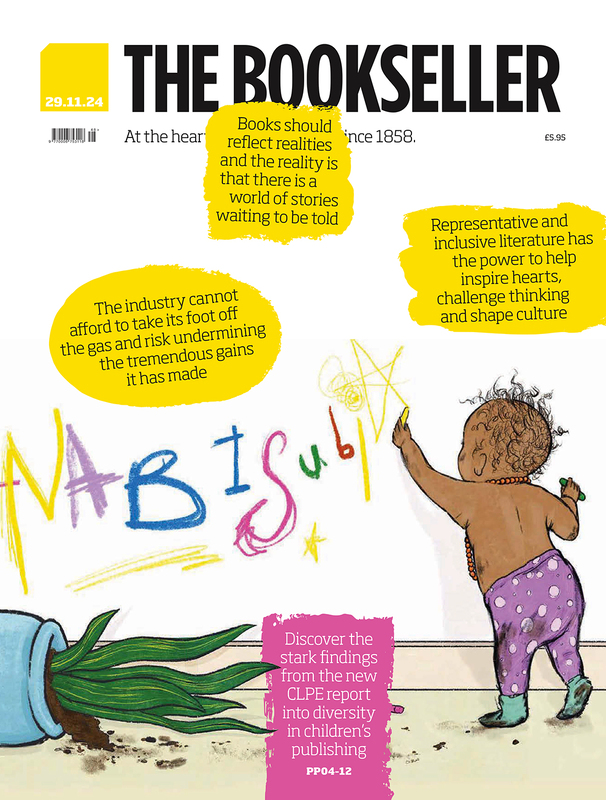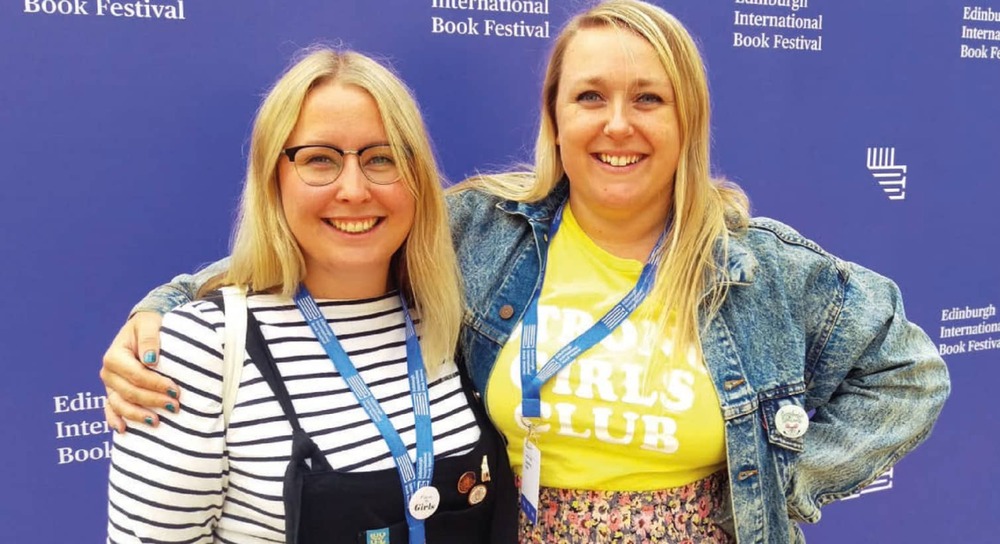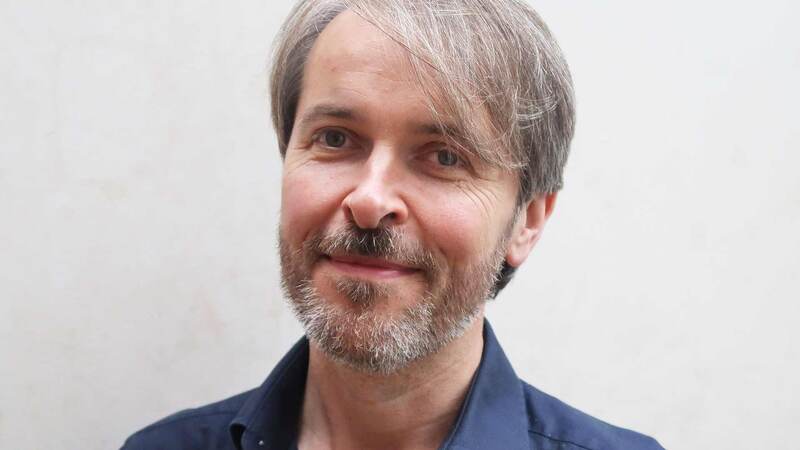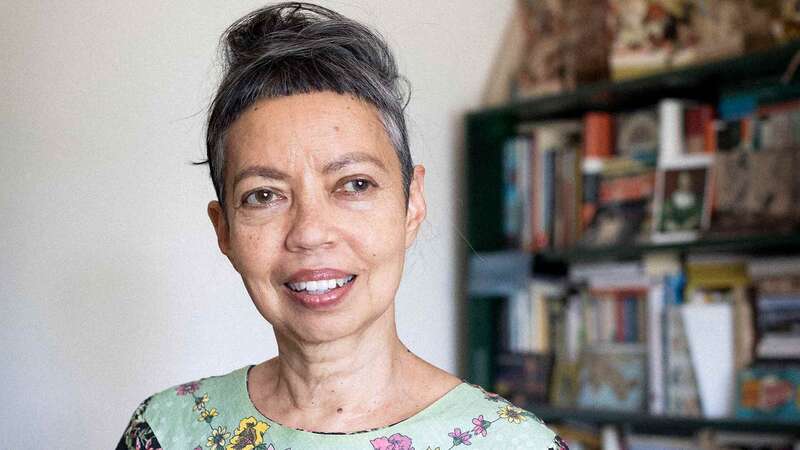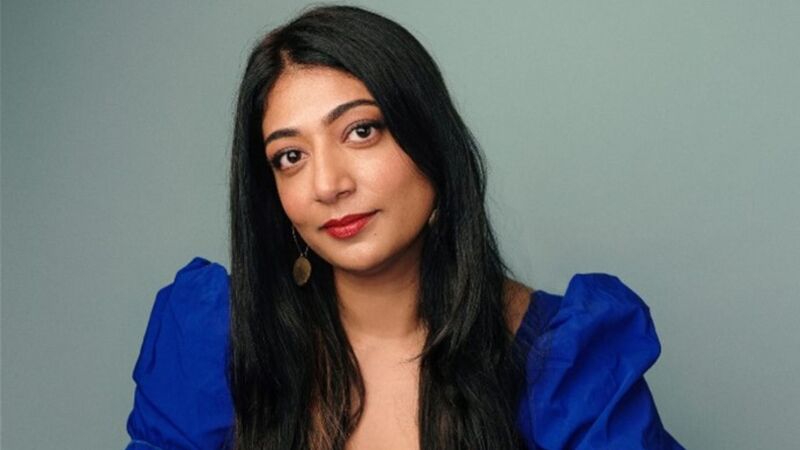You are viewing your 1 free article this month. Login to read more articles.
Lauren Ace and Jenny Løvlie | 'You can be kind and strong and good, but you don’t have to be exceptional'
After a warm reception and award acclaim for collaboration The Girls, Lauren Ace and Jenny Løvlie return with a sequel featuring male characters
"It's really special that, with a book about female friendship, we have genuinely become friends through doing it,” says Lauren Ace. She is talking about illustrator Jenny Løvlie, and the pair’s début picture book The Girls, which was published in 2018 and went on to win Illustrated Book of the Year at the Waterstones Children’s Book Prize.
The duo didn’t meet in person until after the book was complete, but from the beginning it was clear they shared a creative vision. Løvlie was asked to create some sample pages ahead of being signed up. “I did individual character studies for each of them, in all the different ages as they grew up,” she recalls. Ace was “blown away... I asked, ‘How did you get inside my head?’” Their friendship was cemented on tour for The Girls, in what now sounds like an idyllic hot summer of school and bookshop events.
There seems to be this idea that men don’t bond in the same way as women do, but we both agree that’s not the case. I’d like little boys to feel that nurturing relationships and being good friends is something to aspire to, and I’d like older boys to think, ‘I do really rely on my friends’
The bond between the two women is evident when I speak to them via video call in December, Ace in London and Løvlie in Cardiff. In April, Little Tiger imprint Caterpillar Books will publish The Boys, a companion picture book to The Girls. It’s a standalone text, although eagle-eyed fans will spot some connections. After the success of The Girls, a book about boys, Ace explains, felt like the obvious next step. “But for that reason I almost didn’t want to do it. I was really conflicted.” The clincher was seeing how strongly boys reacted to The Girls; at events, children and their parents told the pair how they would love to see a similar book featuring male characters. Not everyone was convinced, however. Løvlie was shocked by some of the dismissive comments. “We were told, ‘Boys don’t have those friendships.’ One woman actually said, ‘I don’t want my son to grow up a wet lettuce!’” Attitudes like this made the book feel all the more necessary.
The Boys follows the lives and friendships of four boys—Rey, Nattie, Bobby and Tam—through the years from childhood to maturity. We meet them first on a carefree day at the beach. The coastal setting was an important starting point for the book, and both creators have a strong affinity with the sea; Ace grew up in South Wales and Løvlie on a remote Norwegian peninsula. The beach forms a touchstone for the boys’ friendships, as they play and learn, and later grow and discover themselves as individuals. The Girls was very much rooted in the lives of Ace and her female friends, and this time she felt nervous about “getting it wrong” in writing outside her own experience.
She talked to boys and men about their friendships and drew on works about toxic masculinity, including Clementine Ford’s Boys Will be Boys and What is Masculinity? by Darren Chetty and Jeffrey Boakye. Chetty was also an early reader of The Boys, providing valuable insight into the portrayal of race, in particular; contributions, Ace says, that improved the dynamics between the characters. The boys themselves are based on “a mish-mash” of family and friends, an inclusive mix of characters with distinct personalities and interests. Positive representation was important: we see Nattie reading to his children, Bobby putting on a load of washing, Rey becoming a primary care-giver. “We want all boys and men to see an aspect of their lived experience or relationships in it.”
The creative process for The Boys was far more collaborative than that of The Girls. Ace was busy with her day job as editorial director at Little Tiger Press, but Løvlie was itching to get started. “I did some sketches just to get her to write!” she laughs, sharing with me the character portraits from her sketchbook. Her work begins with rough sketches, which are then worked digitally. “I try to keep it as fresh as possible, starting with a crude sketch and refining it as I colour.” Working digitally poses challenges, she tells me, “because there’s no limit to what you can do. If you’re working in gouache or watercolour, there’s a limit to what it can look like. In the digital realm, you have every colour under the sun, every texture. You can really go overboard, so I always limit my palette.” Once Ace had written her lyrical text—fittingly, on a beach in India—Løvlie went to work on the spreads, which are rich in extra visual detail. “That’s where I get to go a bit nuts and add lots of sub-stories in the illustrations.”
The Girls had an underlying message of “these are the things you can do, these are the things you can be”, but Ace was keen to define her male protagonists differently. “We never find out what their jobs are in The Boys,” she explains. “That was quite a deliberate thing. Boys need to be assured that they can be other things, not just [be defined by] what they can achieve.”
Both Ace and Løvlie have male family members with close friendship groups, and wanted to reflect and celebrate that. “There seems to be this idea that men don’t bond in the same way as women do, but we both agree that’s not the case,” says Ace. “I’d like little boys to feel that nurturing relationships and being good friends is something to aspire to, and I’d like older boys to think, ‘I do really rely on my friends’.”
The book also pushes back against both social media culture, where everything is so based on likes and going viral, and the trend for picture books about superheroes and famous people. “In The Girls, and now in The Boys, we want to show normal people doing normal things, and for that to also be celebrated,” Løvlie explains. “You can be kind and strong and good, but you don’t have to be exceptional as a human being. You can be a normal person.”

